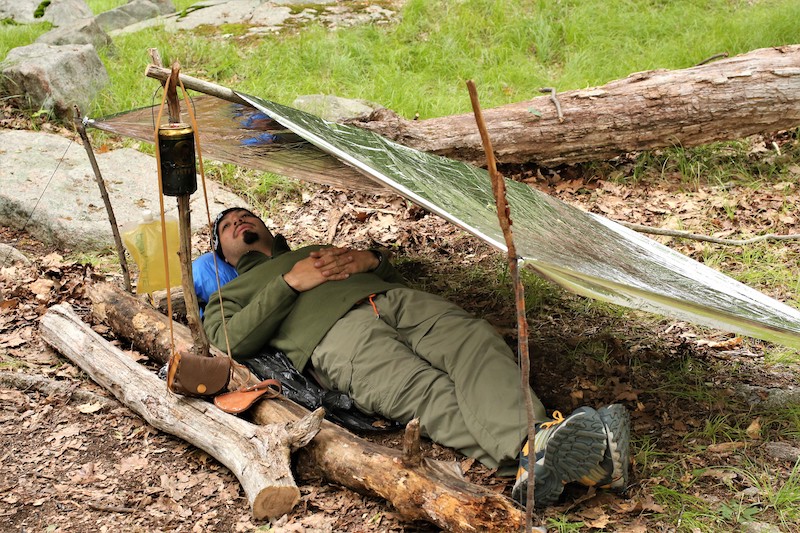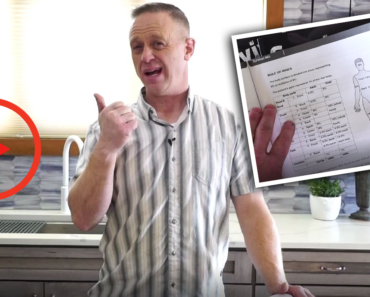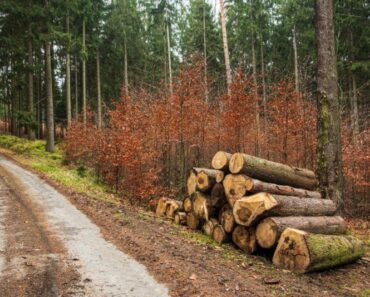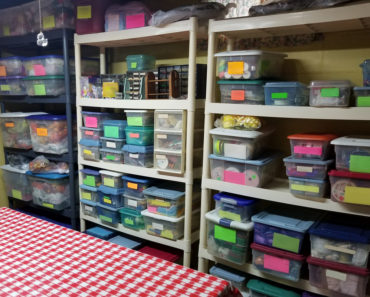It has been said that in one’s fight for survival—there are no rules!
Animals are the best example of living by no rules, only surviving. Human nature is a close second. However, even animals act irrationally when put in a precarious situation. In that case, all the ‘fight’ in the world won’t make a difference. Humans have a little more common sense when it comes to problem-solving and acting rationally.
In the world of survival, there are a few rules that, if paid attention to, can make all the difference to a person in the wild. I first heard these rules spelled out while watching a video on wilderness survival by the late great survival guru, Ron Hood. It goes like this: A person has about three minutes without air before they die, three hours without shelter, three days without water, and three weeks without food. Naturally, there are many variables to this, give or take an hour or two or an extra day. There are several accounts of people surviving for longer periods that defy these same rules, so think of them more as guidelines.
Survival Rule of 3’s and Survival Priorities
-You can survive for 3 minutes without air (oxygen) or in icy water
-You can survive for 3 hours without shelter in a harsh environment (unless in icy water)
-You can survive for three days without water (if sheltered from a harsh environment)
-You can survive for three weeks without food (if you have water and shelter)

Air
This rule is a no-brainer; air keeps us alive, and three minutes without it is a long, long time. In fact, three minutes is a bit longer than most of us can hold our breath. However, unless you have gills like Kevin Costner in the movie Waterworld, three minutes seems to be the maximum amount of time before death is imminent.
So, when does lack of air become a fight for survival? Some realistic examples are simply choking on food or drinking liquid and having it go down the windpipe. As kids, we’ve probably all gone for that winning kick of the ball only to slip on it and fall flat on our back, thus knocking the wind out of us. These are common ways in which we may have all experienced a short fight for air, but there are some more extreme cases of this, like having a seatbelt wrapped around our neck in an automobile accident or nearly drowning. Whichever it may be, we only have three minutes of air to fight our way out of it!
Shelter
Believe it or not, a person can experience symptoms of hypothermia at 55-degrees Fahrenheit, which is not usually considered an extremely low temperature. It only takes the right amount of exposure to cool the body to the point where it can no longer warm itself. This type of exposure could be brought on by the air temperature alone or a deadly combo like wetness and wind. This is, in my opinion, the worst type of exposure a person can find themselves experiencing, and it doesn’t need to be brought on by falling into a creek or by rain, but by perspiration. Panic—fight or flight, those animal instincts we all were born with ‘kick in,’ and we sweat. Or, even worse, we start moving quicker, causing ourselves to sweat and, before you know it, you get hit by the wind. Unless it’s a hot summer day, wind and wetness will cool a person down dangerously fast.
On the extreme opposite end of the spectrum, there is hyperthermia. It occurs when the body is overwhelmed by heat and unable to control its temperature. Heatstroke occurs when someone’s body temperature increases significantly (generally above 104 degrees Fahrenheit) and has symptoms like mental status changes (like confusion or combativeness), strong rapid pulse, lack of sweating, dry flushed skin, faintness, staggering, or coma.
Despite what the survival books say, it takes about three hours to build a decent shelter. Unless you are a person who is efficient in constructing primitive shelters and have the necessary tools, you will be best served to find a place to hunker down out of the elements. Natural windbreaks like thickets of trees or some type of rock covering are the simplest ways to get out of the wind. Finding a cave would be the best and easiest way to provide overhead protection and cut down wind instantly. However, this is not always possible, and caves come with their own set of dangers like animals or other permanent gusts that may inhabit them. Large trees that have been struck by lightning or rotted at their base can sometimes fit a person just enough to get out of direct rain and wind. Carrying a simple reflective Mylar space blanket would help this situation immensely by providing cover and body heat retention. Remember, when it comes to sheltering yourself, the clock is ticking!
Note: Carrying some form of ‘shelter now’ puts us in a much better position than having to build one. Several ponchos and tarps are available for quick emergency deployment, with some having attached guylines built-in.
Water
Water is an essential element in our day-to-day lives. In a controlled environment where we are not doing anything related to the outdoors, hydration is key. You’ve probably heard the advice to drink eight glasses of water a day. That’s easy to remember, and it’s a reasonable goal. Most people can stay hydrated by drinking water and other fluids whenever they feel thirsty. For some people, fewer than eight glasses a day might be enough. Other people might need more. However, when outdoors and during sporting activities, we need more!
A water bladder, water bottle, or canteen should be a permanent part of our kits. Even better if one of them was metal. If questionable water is collected from a shallow body of water, think about how it can be collected and filtered through clothing without another container. That is quite tricky, so being able to pour water into another container should not be overlooked.
Carry iodine, chlorine dioxide tablets, or a water filter to guard against giardia and cryptosporidium. Stick to fast-moving, clear water for water consumption if possible; knowing the color or speed of the water has little to do with it. If you have a metal container, any article of clothing can be used to prefilter water before boiling, which is a surefire, 100% way to disinfect water.
It can take days and up to two weeks for waterborne pathogens to wreak havoc on our bodies. We have to play the numbers game in our favor in this situation. Hope for rescue or getting ourselves out of the situation where professionals can deal with the sickness (if any). The alternative is not to drink available water and slowly dehydrate in about three days. In a survival situation where water is available, but there is no means to purify it—drink!
Food
Most people cannot fathom a couple of days without food. That being said, after 2-3 days without food, the sensation of hunger is diminished greatly, and so is a person’s strength. Still, food is not considered a priority in an emergency survival situation until about the third week. It takes a large amount of water for meat to be digested by our bodies. Only eat meat if enough water has been procured to help digestion, or our internal water supply will start depleting.
Regarding edible plants, mushrooms, and berries in the wild, it takes a lot of time and knowledge to be proficient in this, but it only takes one mistake to poison yourself or your group. Shelter and hydration are a priority, and food should be considered a luxury in a survival situation.
The Reoccurring 3’s
There are other places where three occur that are important to survival and possibly a matter of life or death. In signaling for rescue, three of any type of sound is the universal signal for distress. Three signal fires arranged in a triangle or a line also signal people on an above mountain ridge or up in the air that help is needed. When packing a survival kit, it is wise to be redundant with fire. Having three ways to make a fire (matches, lighter, and ferrocerium rod) and carrying tinder will greatly improve the chance of getting a fire in normal or less than ideal conditions. Many survival practitioners swear by the three tools rule, keeping a knife, saw, and chopping tool unhand.
Wrap Up
The main point of the Rules of 3s is that we have to concentrate on the most immediate problem first, as listed above. Although the rule of three’s pertains to human survival, people follow these rules without even thinking about it daily. We stay inside when the weather is bad and dress accordingly for it. We eat and drink water consistently. The only difference is that, in an emergency situation, these rules must be recognized: air, shelter, water, and food lastly are all priorities in the fight for survival!
Sources
Woodsmaster Video Series
SOL
Peterson First Guides- Trees
Peterson Field Guides- Eastern Trees
50 Common Edible & Useful Plants of the Southwest
Pacific Coast Foraging Guide




























